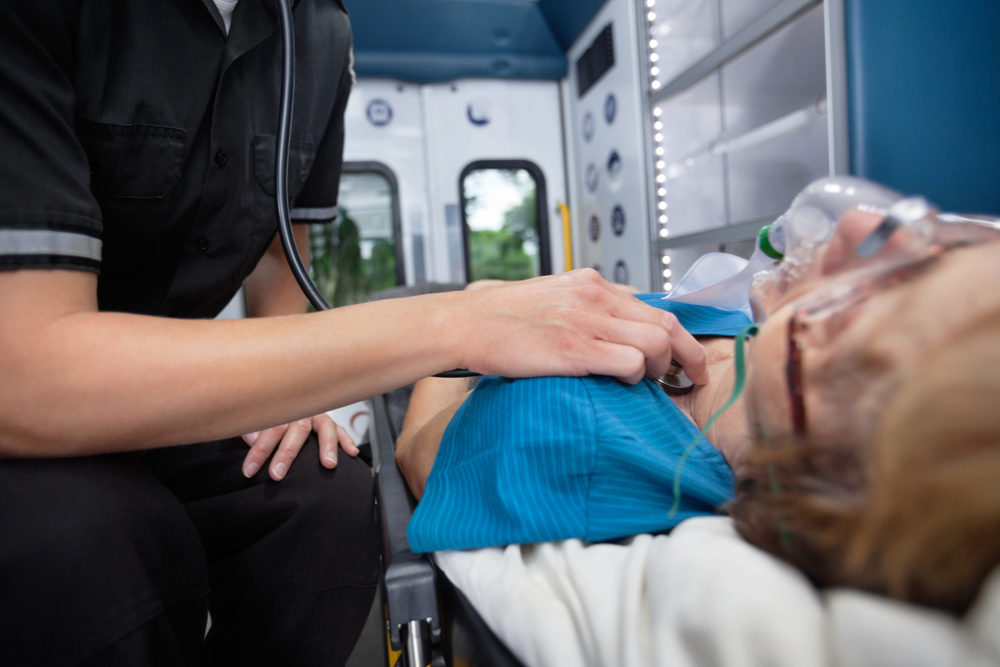Emergency Brain Injury Treatment Before Hospitalization Improves Survival Chances: Study

Implementing simple steps for paramedics and first responders can help increase the chance of survival following a severe traumatic brain injury, according to the findings of new research.
In a study published last week in the medical journal JAMA Surgery, researchers from the University of Arizona indicate that emergency brain injury treatment guidelines should be updated to highlight the importance of paying attention to things like blood pressure and oxygen levels, which can greatly impact survival chances following a severe head trauma.
Prehospital guidelines focus on preventing low oxygen, low blood pressure, and hyperventilation in head trauma patients before they are taken to the hospital. Emergency responders can be taught these protocols in a two hour training session.

Did You Know?
Millions of Philips CPAP Machines Recalled
Philips DreamStation, CPAP and BiPAP machines sold in recent years may pose a risk of cancer, lung damage and other injuries.
Learn MoreThe guidelines were first established in 2000 and updated in 2007.
The Excellence in Prehospital Injury Care (EPIC) study focused on nearly 21,000 patients with moderate, severe, or critical brain injuries transported to trauma centers between January 1, 2007, and June 30, 2015. The EPIC study also recruited more than 130 medical services systems/agencies throughout Arizona.
Following prehospital brain injury treatment guidelines did not improve overall survival in all patients. However, the findings indicate survival doubled among patients with severe head injuries and tripled in the group with severe head trauma who were also intubated with breathing tubes.
“This demonstrates the significance of conducting studies in real-world settings and brings a strong evidence base to the guidelines,” Patrick Bellgowan, program director at the National Institute of Neurological Disorders and Stroke (NINDS), part of the National Institutes of Health (NIH), said in a May 8 press release. “It suggests we can systematically increase the chances of saving lives of thousands of people who suffer severe traumatic brain injuries.”
NINDS helped support and fund the study.
Past research has linked traumatic brain injury to increased risk of suicide and risk of developing dementia later in life. Finding methods to reduce and prevent the greatest effects of concussions is crucial. A study published in 2014 indicated emergency room visits for head trauma increased 30% in the prior decade.
Researchers for the new study indicate implementing prehospital guidelines was significantly associated with patient survival to hospital admission.
The prevention methods did not affect overall survival of the entire group, including the group with moderate injuries, most likely because those people would have survived anyway. Yet, it did help those with severe injuries survive, the researchers concluded.
Get more articles like this sent directly to your inbox.
"*" indicates required fields





0 Comments